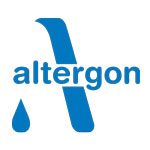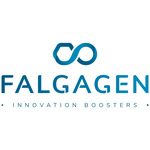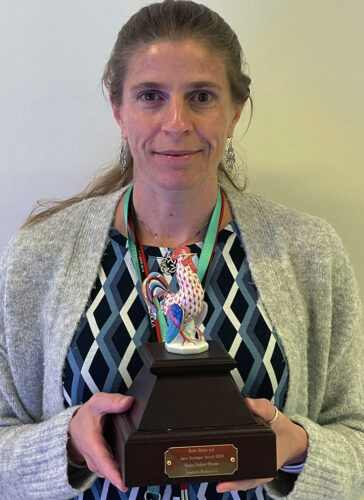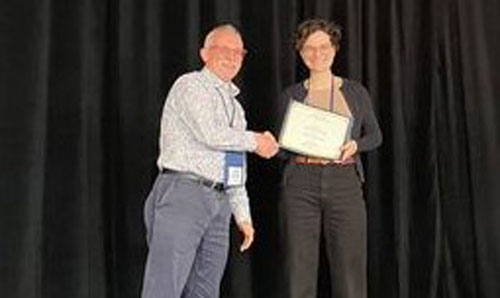HA 2023 Summary
OVERVIEW OF HA 2023

Hyaluronan 2023, the 14th conference of the International Society for Hyaluronan Sciences, was held between June 4th and 8th at the Hilton Hotel, Portland, Oregon. The beautiful weather and ideal location provided a perfect backdrop to rekindle old and build new friendships and collaborations.
After not meeting in person for 4 years, HA researchers were excited to hear the latest findings from the HA field. The HA 2023 conference attracted 142 attendees from more than 15 countries. This included representation from 25 different companies, reflecting the broad application of hyaluronan in industry.
Rooster Award winner Dr. David Jackson opened the meeting with a captivating presentation describing many of his important contributions to the understanding of the structure and function of hyaluronan receptors. Building on this, Keynote Speaker Dr. Paul Kubes described how his work kept leading him to the importance of CD44 and hyaluronan interactions. Dr. Jonathan Sleeman presented the second Keynote presentation where he ventured into the fascinating topic of the role of size in hyaluronan function.
Excellent presentations continued throughout the meeting in 10 sessions that included both invited and selected speakers. Two poster sessions allowed for great one on one discussions and interactions with our sponsors. Other award recipients presenting at the meeting included winners of the prestigious 2023 and 2021 Endre Balazs and Janet Denlinger Award, Dr. Vivien Coulson-Thomas and Dr. Aaron Petrey, respectively and the winner of the ISHAS Renato Iozzo Singular Achievement Award for the most significant contribution to the HA field since the last meeting to the research group of Jochen Zimmer. Dorothea Erxleben won the Mark Lauer Award for the best talk by a junior investigator.
The Conference Dinner Cruise was held on the Willamette River. Guests enjoyed live music, outstanding food, and the company of good friends.
The smiling faces indicated the conference was enjoyed by all and undoubtedly a great success. The meeting could not have been such a success without the generous support of sponsors, including Platinum Sponsors- Halozyme, HTL Biotechnology, and Matrix Biology Institute, Gold Sponsors- Bloomage Biotech, Contipro, and Lifecore Biomedical, Silver sponsor- SyrHA, Bronze Sponsors- F1 Bioventures, Fidia, Kewpie, Seikagaku Corporation, TCI, and TopScience, as well as other sponsors, Altergon and Falgagen.
Thank-you to everyone who participated. We will see you in Chicago in 2025!
Paul Bollyky and Larry Sherman
2023 Meeting Organizers
Book of Abstracts (Members Only)
HA 2023 Meeting Statistics
The HA 2023 conference attracted 142 attendees from more than 15 countries. This included representation from 25 different companies, reflecting the broad application of hyaluronan in industry.
HA 2023 Conference Awards
The Rooster Prize
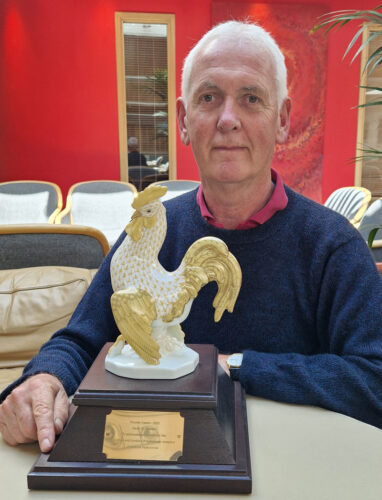
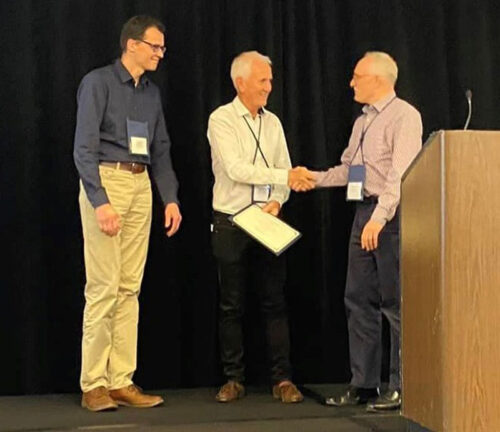
2023 recipient: DAVID G. JACKSON
(Professor of Human Immunology, MRC Human Immunology Unit, University of Oxford, UK)
To acknowledge his work on the structure and function of hyaluronan receptors.
Thanks to the Matrix Biology Institute and Janet Denlinger for providing the Rooster Prize
ISHAS Awards Committee: Paul Bollyky, Maria Grandoch, Glenn Prestwich, Ralf Richter (Chair), and Hideo Watanabe
Endre Balazs & Janet Denlinger Award
This award recognizes researchers at an early phase of their independent research career for making a significant contribution (i.e., a body of work) to the development of hyaluronan science.
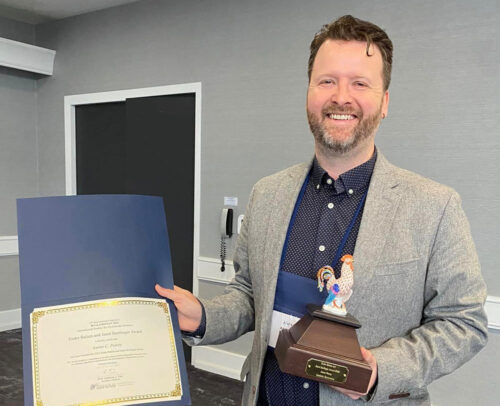
2021 recipient: Aaron Petrey
Title: TSG-6 hyaluronan matrix remodeling activity dampens the inflammatory response during colitis
University of Utah, Utah, USA
This award was originally announced at the virtual HA 2021 meeting.
ISHAS Renato Iozzo Singular Achievement Award
For the most significant contribution to the HA field since the HA2021 conference.
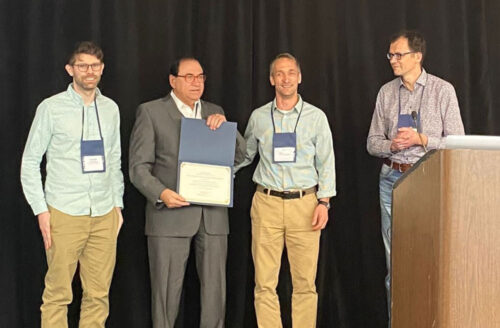
2023 recipient: the Research Team led by Jochen Zimmer
University of Virginia, USA
Contribution: Molecular imaging of a hyaluronan synthase via cryo-electron microscopy
Thanks to Renato Iozzo for funding the Award
ISHAS Awards Committee: Paul Bollyky, Maria Grandoch, Glenn Prestwich, Ralf Richter (Chair), and Hideo Watanabe
Mark Lauer Prize
For best oral presentation by a trainee at ISHAS conference.
Poster Prizes
$250 Prizes for 4 best Poster presentations
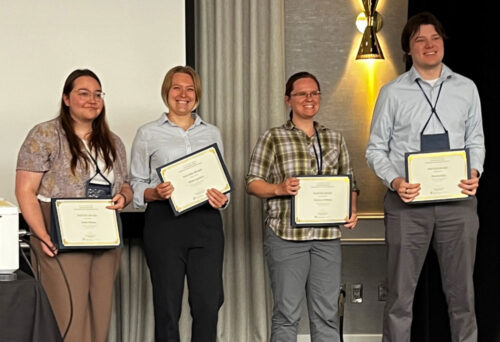
Emily Barker (University of Manitoba, Canada)
Title: Characterization of defects in mid-line bone and cartilage patterning with increased hyaluronan and reduced cellular condensation in Hyal2 deficient mice
Diana Egorova (Tokyo University of Agriculture and Technology, Japan)
Title: Impact of hyaluronan size on localization and solubility of the extracellular matrix in the mouse brain
Duncan Hart (University of Virginia, USA)
Title: Hyaluronan deposition downstream of IL-13 signaling as a driver of COVID-19 severity
Rebecca Mellema (University of Utah, USA)
Title: Layilin as a modulator of platelet activation and thromboinflammation
Travel Awards
$500 Travel Scholarships
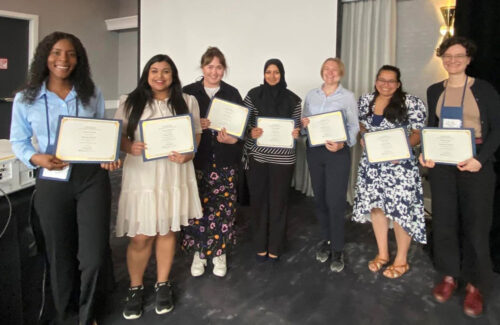
Rebecca Dodd (University of Manchester, UK)
Title: IL-13 as a modulator of the hyaluronan extracellular matrix in lung
Diana Egorova (Tokyo University of Agriculture and Technology, Japan)
Title: Impact of hyaluronan size on localization and solubility of the extracellular matrix in the mouse brain
Dorothea Erxleben (Wake Forest School of Medicine)
Title: Solid-state nanopore analysis of heavy chain-modified hyaluronan as a translational marker of inflammation
Wadena Parkes (University of Kansas Medical Center, USA)
Title: Hyaluronan Synthase 3 deficiency does not accelerate reproductive aging
Shrea Roy (Cardiff University, UK)
Title: Hyaluronan (HA) – dependent regulation of vascular smooth muscle cell phenotype and vascular calcification
Anokhi Shah (University of Manchester, UK)
Title: PTX3-mediated crosslinking of HC•HA complexes: New insights from structural and biophysical studies
Aeliya Zaidi (Cardiff University, UK)
Title: Receptor-mediated tubular internalisation of hyaluronan (HA) in the renal cortex mediates renal protection during ischaemic pre-conditioning
Katja Wegener (Heinrich-Heine-University, Germany)
Title: Investigating the hyaluronan-rich matrix in bone marrow adipose tissue during development and progression of type 2 diabetes mellitus
We would like to thank all of our meeting Sponsors for their generous support of our Poster and Travel Scholarships
HA 2023 Platinum Sponsors


HA 2023 Gold Sponsors
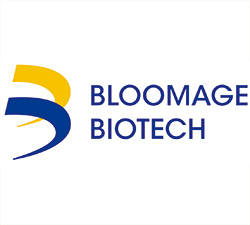
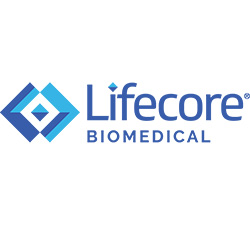
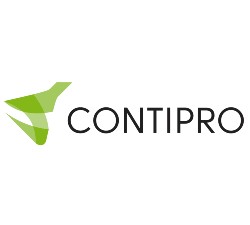
HA 2023 Silver Sponsors
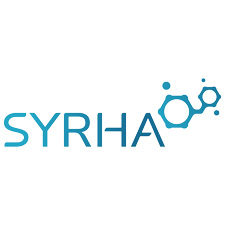
HA 2023 Bronze Sponsors
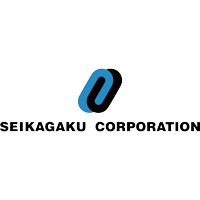
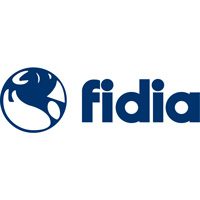
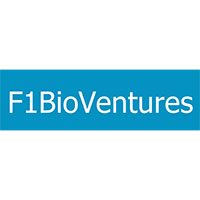

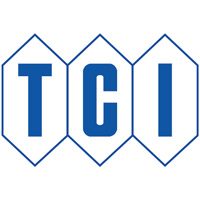
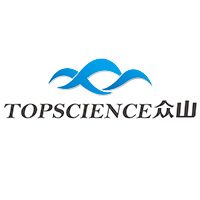
HA 2023 Other Sponsors
